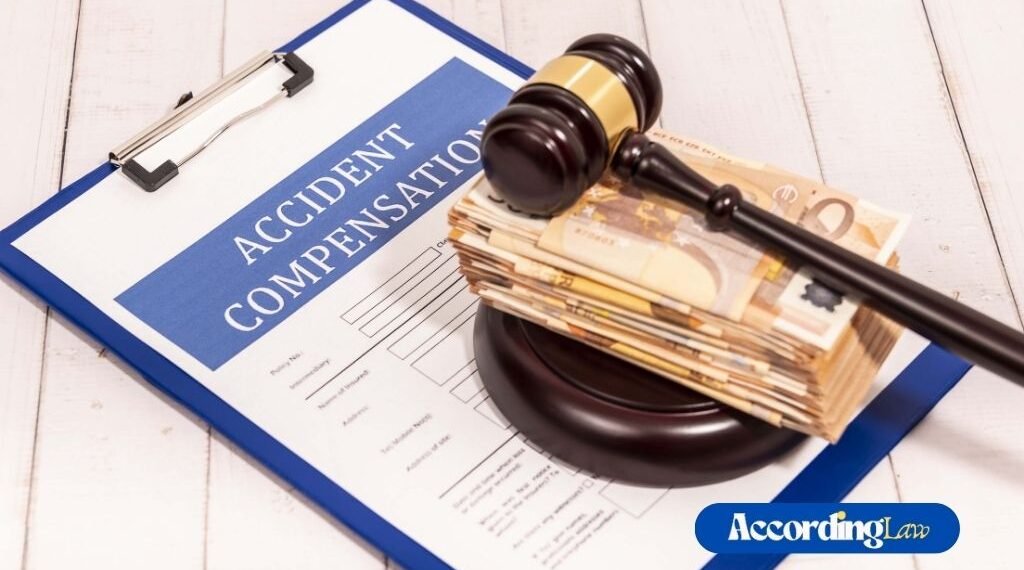If you are dealing with a personal injury claim, get ready because it will not be easy. Knowing what money you can get from this legal mess could help you feel and heal better.
When seeking compensation, you will be looking for more than just money to pay your doctor bills. You will be looking for a payout that extends to cover income lost due to your injury, pain and suffering, and emotional distress. Each kind of claim has its own rules based on your unique experience.
Let us look at the different types of damages so you know what to consider when pursuing compensation after an accident.
Table of Contents
Economic Damages
The first category of compensation is economic damages, generally direct and quantifiable. You arrive at the figure by calculating all medical costs and projected healthcare expenses resulting from your injury. You must also calculate the value of income lost because of your injury and any decrease in the productivity you can provide because of your injury.
Calculating these losses is just the initial step in the financial assessment. Your medical rehabilitation demands, alongside needed home modifications, including railings or ramps, qualify as components of economic damages.
Compensation for repairing or replacing damaged property also falls into the economic damages category. According to the law, any money directly spent because of the incident creates economic damages.
Non-Economic Damages
Non-economic damages comprise recoverable harm that is impossible to trace monetarily. The primary goal here is to compensate you for both your physical pain and emotional suffering due to your injury.
The damages cover things like emotional distress, which can manifest in persistent discomfort, and mental health issues like anxiety and depressive symptoms that developed after the incident. Among these damages is loss of enjoyment of life or the inability to enjoy activities that brought you joy before your condition. An example would be an avid hiker losing their ability to walk.
Experiencing strain within your family, which results from changes in mood or capabilities, can also satisfy the requirements for loss of consortium under the law. This category of damage shows injuries affect personhood beyond financial loss by altering how you perceive life and, therefore, your relationships.
Punitive Damages
Pursuing punitive damages in personal injury lawsuits introduces a rather unique aspect of the legal process. Unlike compensatory damages, which aim to reimburse the victim for losses, punitive damages serve as both a punishment to the offender and a stern warning to prevent others from engaging in similar actions.
These are typically sought in cases where the defendant’s actions go beyond mere negligence, showing a willful disregard for safety. For instance, this form of damage is considered when individuals drive under the influence or when companies blatantly ignore safety protocols, causing deliberate harm. The legal bar for punitive damages is set high— proving that there was egregious misconduct requires much more than just establishing ordinary negligence.
Maximizing Your Compensation
To maximize the financial outcome of your personal injury claim, a meticulously proactive stance is crucial. Start by documenting every detail from the accident scene to each phase of your recovery process. Gather all medical documents and keep track of expenses related to your impairment—this includes anything from medications to modifications needed for wheelchair access.
“It shows good judgment for an insurance claimant to avoid rushing settlements. A strategy of waiting at times works because insurers often initially present small payments in hopes you accept them before ending your case permanently,” says Indiana personal injury lawyer David W. Holub.
Partnering with a seasoned personal injury attorney can significantly change the game, they not only bring invaluable legal expertise but also excel in negotiation, ensuring that you do not settle for less than what your case truly warrants.


